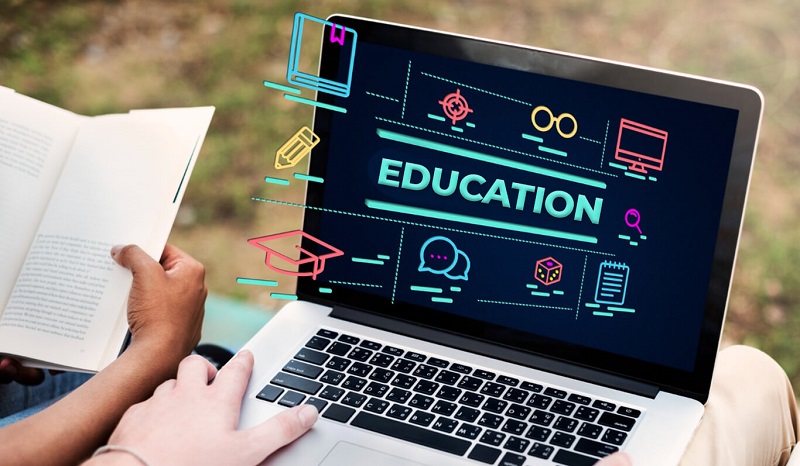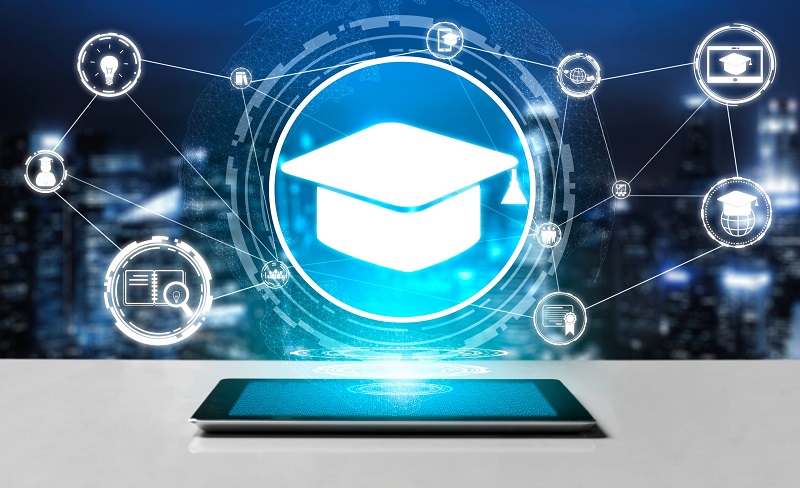Imagine stepping into a classroom where textbooks transform into interactive multimedia experiences, and lessons are not confined to the pages of a notebook but come alive on a digital canvas. Welcome to the realm of educational technology – a dynamic fusion of education and innovation that transcends traditional boundaries. Let’s embark on a journey to uncover the main characteristics that make educational technology a transformative force in the world of learning.
1. Interactivity: Turning Learning into an Engaging Adventure
Educational technology thrives on interactivity, turning the passive act of absorbing information into an engaging adventure. It incorporates multimedia elements, interactive quizzes, and simulations, allowing learners to actively participate in the learning process. This characteristic not only captures attention but also enhances understanding through hands-on experiences.
Imagine learning about ancient civilizations by virtually exploring archaeological sites or practicing language skills through interactive language apps.
2. Accessibility: Education Beyond Classroom Walls
One of the most profound characteristics of educational technology is its ability to break down physical barriers. It brings education to learners regardless of geographical location, economic status, or physical limitations. Online courses, e-books, and educational apps make knowledge accessible to anyone with an internet connection.
Picture a student in a remote village accessing world-class lectures from a renowned professor.
3. Adaptability: Tailoring Learning to Individual Needs
No two learners are alike, and educational technology recognizes this diversity. It adapts to different learning styles and paces, offering personalized learning experiences. Whether through adaptive learning platforms or customized e-learning modules, educational technology tailors content to match individual needs, ensuring that no one is left behind.
Consider a student progressing through math modules at their own pace, with real-time feedback and support.
4. Collaboration: Fostering Connected Learning Communities
In the digital age, collaboration is not just a buzzword; it’s a fundamental characteristic of educational technology. Online forums, collaborative documents, and video conferencing tools create a global classroom where students can share ideas, work together on projects, and learn from each other. It transforms learning from a solo journey into a collaborative expedition.
Envision students from different continents collaborating on a virtual science project in real-time.
5. Data-Driven Insights: Shaping Informed Teaching and Learning
Educational technology doesn’t just facilitate learning; it generates a wealth of data. From tracking student progress to assessing the effectiveness of teaching methods, this characteristic allows educators to make data-driven decisions. It provides insights into individual and collective performance, enabling continuous improvement.
Think of it as a GPS for education, guiding teachers and learners based on real-time data.
FAQs: Navigating the Educational Technology Landscape
Q: Is educational technology only for schools and universities?
A: No, educational technology extends beyond formal education. It includes online courses, educational apps, and resources for lifelong learners.
Q: How can I ensure the safety of students using educational technology?
A: Implementing robust cybersecurity measures, monitoring online activities, and educating students about online safety are crucial steps.
Q: Can educational technology replace traditional teaching methods entirely?
A: It can complement traditional methods, offering additional resources and interactive elements. The balance depends on the specific educational goals.
Q: What role does artificial intelligence play in educational technology?
A: AI enhances adaptive learning, personalizing content based on individual progress and providing intelligent feedback.
Q: Are there resources for educators to integrate educational technology into their teaching?
A: Yes, numerous platforms offer training and resources for educators to enhance their tech-integration skills.
Embracing the Future: Educational Technology as a Catalyst for Change
Educational technology is not just a tool; it’s a catalyst for a revolution in learning. Its characteristics of interactivity, accessibility, adaptability, collaboration, and data-driven insights are shaping the future of education. As we navigate this dynamic landscape, one thing is clear – the fusion of education and technology is an unstoppable force, propelling us toward a future where learning knows no bounds.




